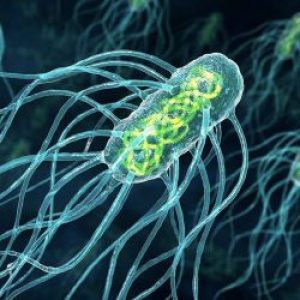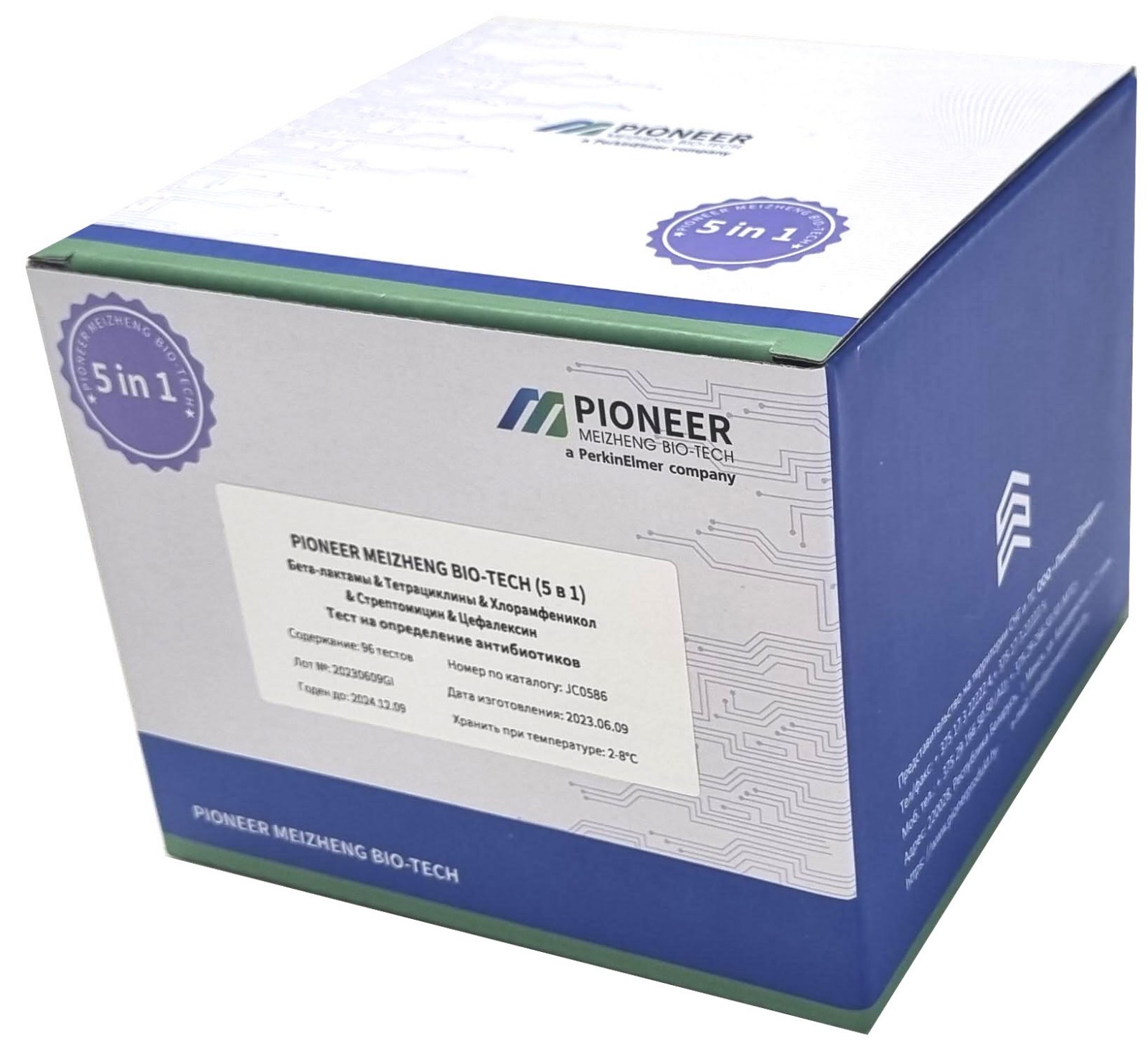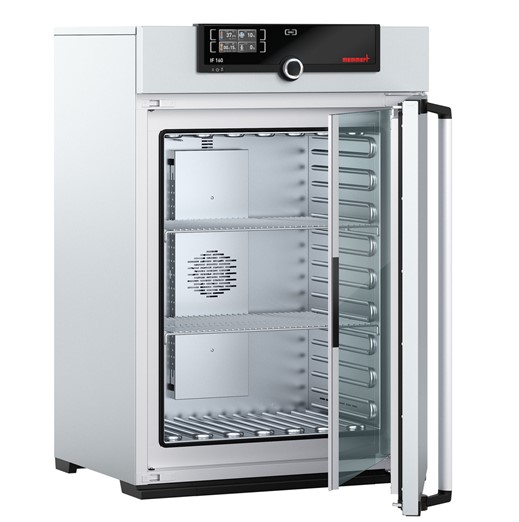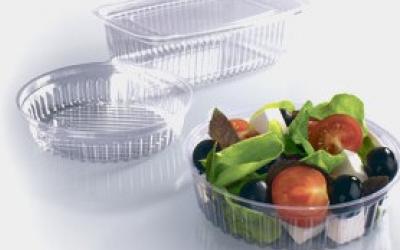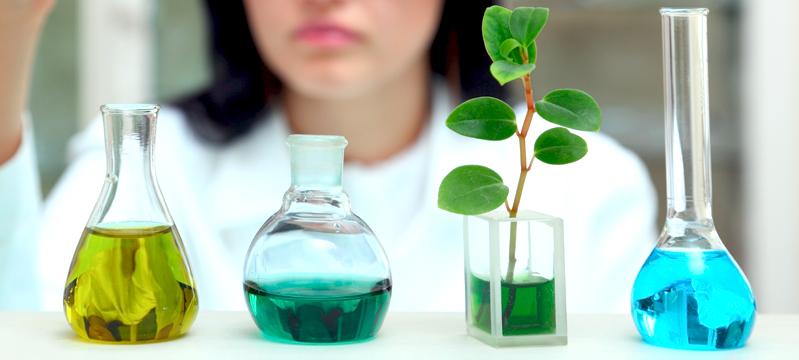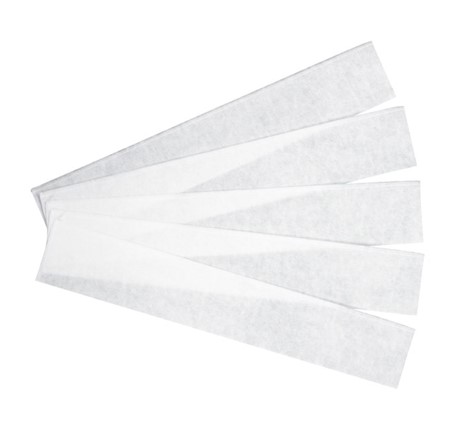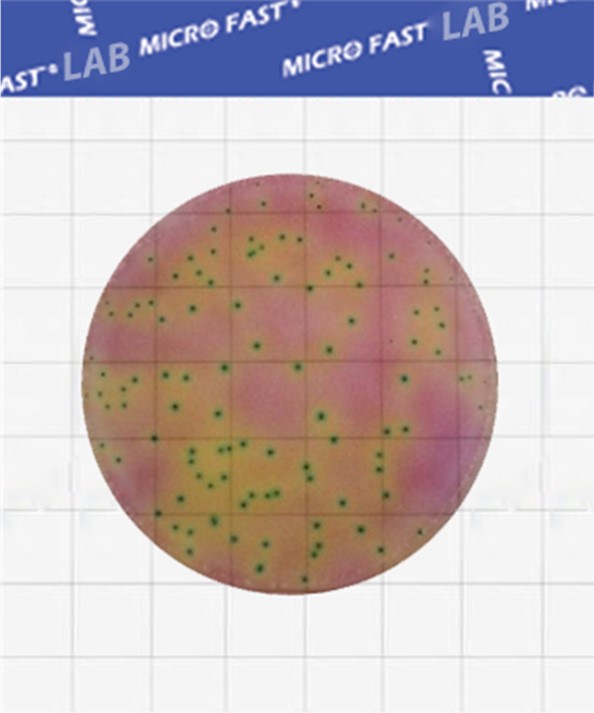The blue lamp for chicken eggs turned out to be a unique tool
An international team of scientists from CHINA and New Zealand found that disinfecting chicken shells with blue light would be the best way to preserve product quality.
Chicken eggs are one of the most popular foods in the world. According to FAOSTAT, the production of in-shell chicken eggs in 2019 was 83,483,675 tons, and according to UN forecasts, by 2030, global egg production will reach 89 million tons.
However, poultry-borne pathogens lead to food poisoning in consumers and significant loss of eggs and waste. Particularly dangerous is Salmonella, which causes salmonellosis in humans and is transmitted among various bacterial pathogens through the shell.
The cuticle on an eggshell (the organic layer of a freshly laid egg) is often damaged during long-term storage, allowing pathogens to enter from the surface to the inside.
Therefore, effective disinfection of eggshells is required. Currently, there are several antimicrobial approaches, including against salmonella, including treatment with ultraviolet light, ozone, and slightly acidic electrolyzed water. But they have drawbacks: photoreactivation, discoloration of some foods at high doses, and harmful effects on humans.
Blue light (BL), especially in the 405–470 nm wavelength range, is of increasing interest due to its unique antimicrobial properties.
Blue light excites endogenous intracellular porphyrins, resulting in the production of highly cytotoxic reactive oxygen species and subsequent damage to bacterial cells. And at the same time, it is less dangerous for human skin than ultraviolet radiation, and penetrates deeper than ultraviolet radiation.
So far, blue light has been successfully used to disinfect certain foods, including melon skins, papaya, MILK , cucumbers, MEAT products, and packaged sliced cheese. But for chicken eggs, the effectiveness has not been studied.
Therefore, the aim of this study was to test the effectiveness of blue light in inactivating Salmonella in chicken eggs and influencing egg freshness and quality.
The results showed that irradiation with 415 nm-BL at a dose of 360 J/sq. cm reduces in vitro by 5.19 log cfu / ml of the strain of Salmonella S. Enteritidis. A test on eggshells inoculated with S. Enteritidis showed that a BL dose of 54.6 J/sq. cm caused a reduction of 3.73 log cfu per eggshell surface, and the effect of BL inactivation could be maintained after 5 weeks of storage.
The quality of the tested eggs (weight loss, yolk index, Howe unit (HU) and protein pH) demonstrated that blue light treatment had little effect on egg protein pH.
However, compared to controls, BL-treated eggs showed lower weight loss and higher HU after 5 weeks of storage at 25°C and 65% humidity.
In addition, the total amino acid content of the BL-treated egg was higher than that of the control, demonstrating the benefit of blue light irradiation in maintaining the nutritional quality of whole eggs.

